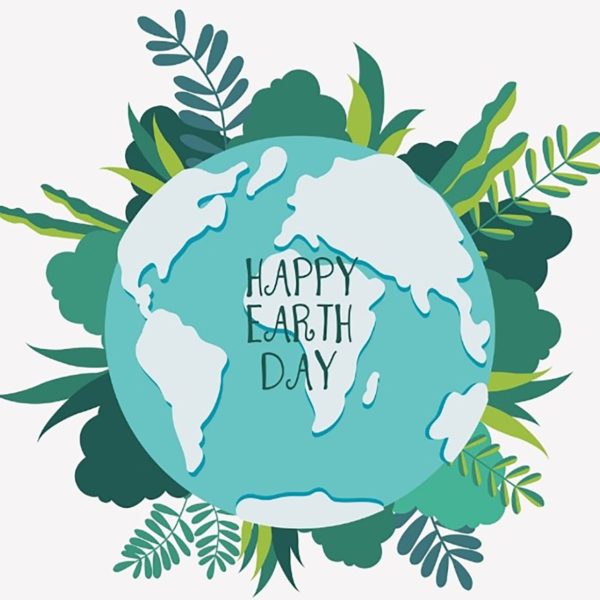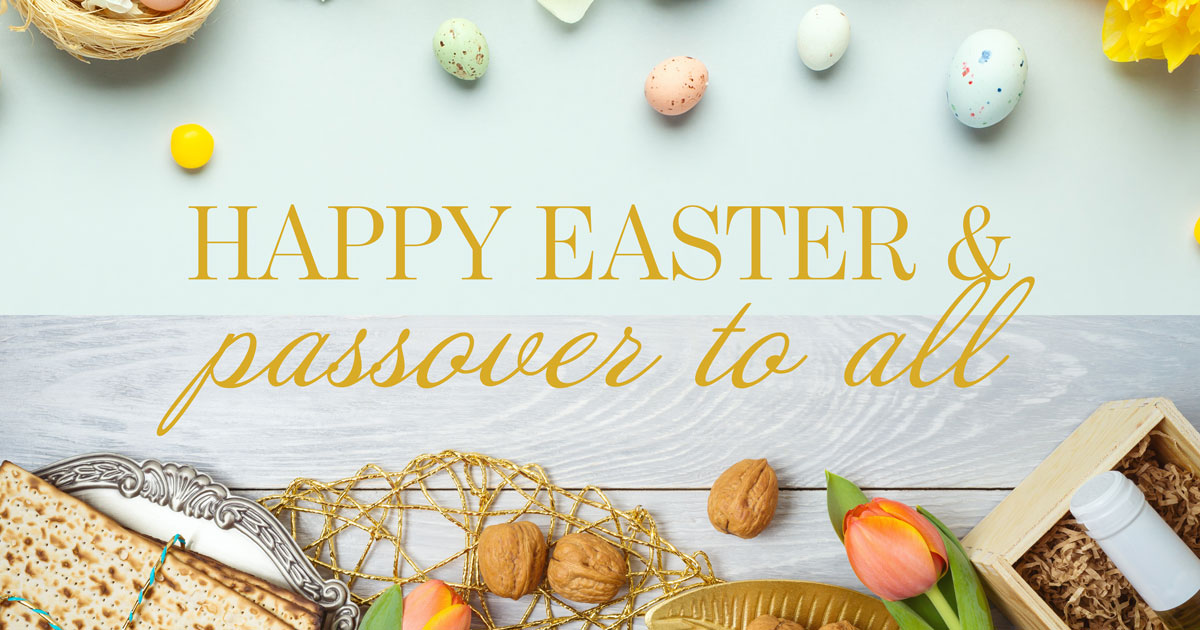
Easter & Passover
by Milan Riley and Ava-Ray Pributsky
Easter
Easter is a Christian festival and holiday celebrating the resurrection of Jesus, the religion’s prophet. Easter is considered a “movable feast,” meaning it doesn’t occur on the same day every year. However, it is always observed between March 22 and April 25. In 2022, Easter occurred on Sunday, April 17.
Origin
Jesus Christ was a Jewish preacher and religious leader whose teachings started Christianity. Scholars estimate Jesus died between AD 30 and AD 36. According to the New Testament, Jesus died from crucifixion by the Romans in Golgotha, a place close to Jerusalem. Christians believe Jesus resurrected three days after he died on the cross. It is thought that Jesus died on Friday, now celebrated as Good Friday, and was resurrected, or returned to life, on Sunday, now celebrated as Easter.
Though Christians most likely commemorated this day earlier, the first recorded observance of Easter was in the mid-2nd century. Early Christians called this event the festival of Pascha.
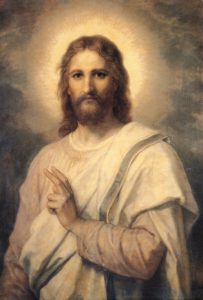
One of many depictions of Jesus Christ
Traditions
One common tradition of Easter is a feast. In addition, many individuals color and hide eggs for an egg hunt or give away baskets. This is because the egg symbolizes life; therefore, it has become a well-known symbol of Easter and Jesus’ resurrection that opposed death.
Practicing Christians go to church for Sunday worship as usual on Easter. Families listen to Easter music and share a special meal for the holy day.
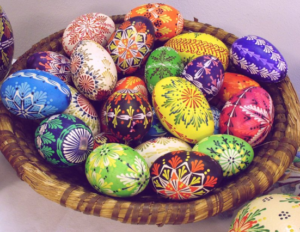
Decorated eggs for Easter activities
Passover
Passover, or Pesach, is a Jewish holiday that celebrates the story of how the Israelites escaped Egypt. This holiday is celebrated once a year and lasts for seven days. On Passover, families will hold a special meal called a seder. In English, “seder” means order. Each food that is served at the seder symbolizes a certain aspect of the holiday. At the seder, families recite prayers and blessings from the Haggadah, the book of the Exodus.

The Seder Plate
The Story of Passover
Passover is the story of the Israelites and how they escaped slavery. The story begins around 1200 B.C, when the Pharaoh, the ruler of Egypt, worries that the Jews will outnumber the Egyptians. He forces them into slavery and commands every Jewish boy born to be drowned in the Nile. One baby, Moses, is cast into the Nila, saved and adopted by Pharaoh’s daughter. When Moses gets older, he is told by God to command the Pharaoh to free the Jewish people. As a way to convince the Pharaoh, God sends to Egypt a set of Ten Plagues.
These plagues include the Nile turning to blood, frogs covering the land, the dust turning to gnats, and flies filling the houses and land. Every time one of the plagues would rain down upon Egypt, the Pharaoh would promise to free the Israelites, but every time God took the plague away, Pharaoh would change his mind again.
During the tenth and final plague, Pharaoh decides to finally free the Jews. While they are running away, however, he changes his mind, resulting in a wild chase involving the parting of the Red Sea and the drowning of the persuing Egyptian soldiers; eventually, the Jews return to the sacred land of Israel.
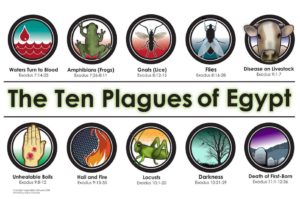
The Passover Seder
During the Passover Seder, we set out different foods that symbolize different parts of the Exodus. Five foods are placed on the table: shank bone, egg, bitter herbs, parsley in saltwater, haroset (or charoset, which is a mixture of apples, raisins, walnuts, cinnamon, sugar, and wine), and matzah. The shank bone represents the tenth plague on Egypt when all the firstborn Egyptian sons were killed. The egg represents the cycle of rebirth and renewal, and the cracked shell represents sacrificial offerings. The bitter herbs represent the bitter suffering of the Israelites while in slavery. The parsley in salt water represents all of the tears and pain that the Israelites experienced in Egypt. The haroset, or charoset, represents the mortar and brick used by Israelite slaves to build the pyramids and other buildings. The matzah represents how the Israelites did not have time to leaven their bread as they were escaping Egypt, so they had flat unleavened bread.
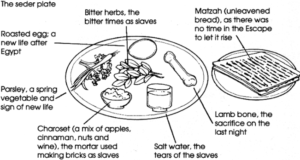
My Family’s Traditions
During Passover, my family likes to get together and have a huge seder. We sit together and connect, and we cook together. Some of the food that we eat during Passover include gefilte fish, matzah ball soup, matzah brei, and brisket. After we eat, the adults hide the afikomen. The afikomen is the middle piece of matzah that you hide, and if the children find it then they get a prize. I always find the afikomen because my parents always hide it in the same three places. My father always tells the story of how my grandfather would hide the afikomen in the strangest places. One time he hid it in the VCR!


